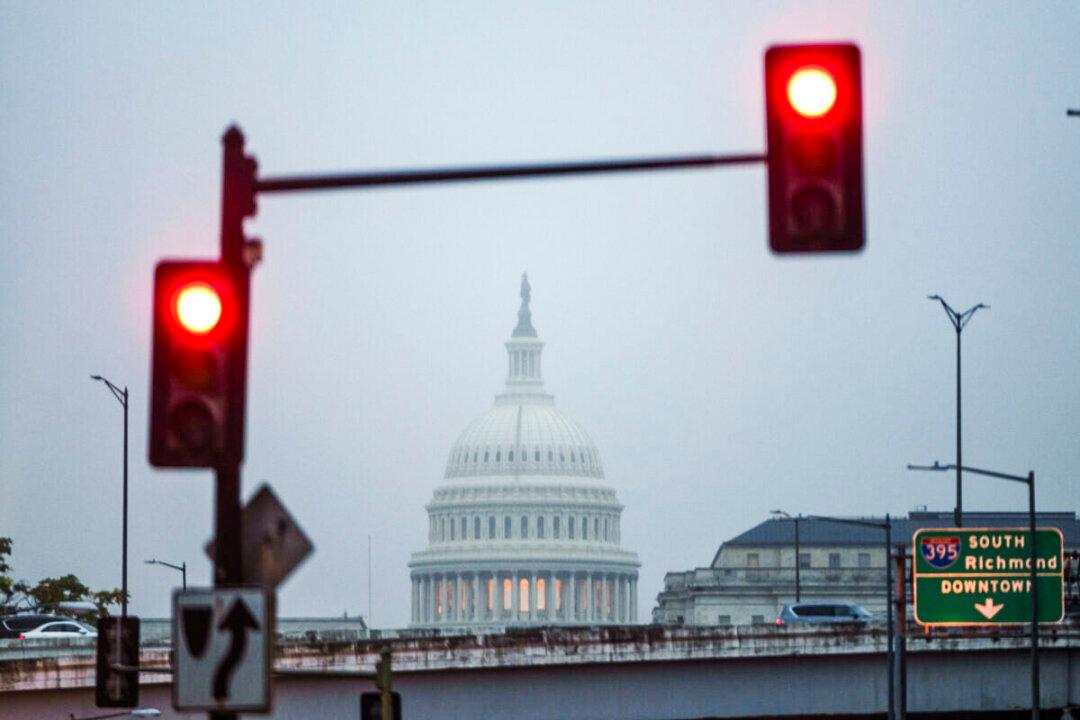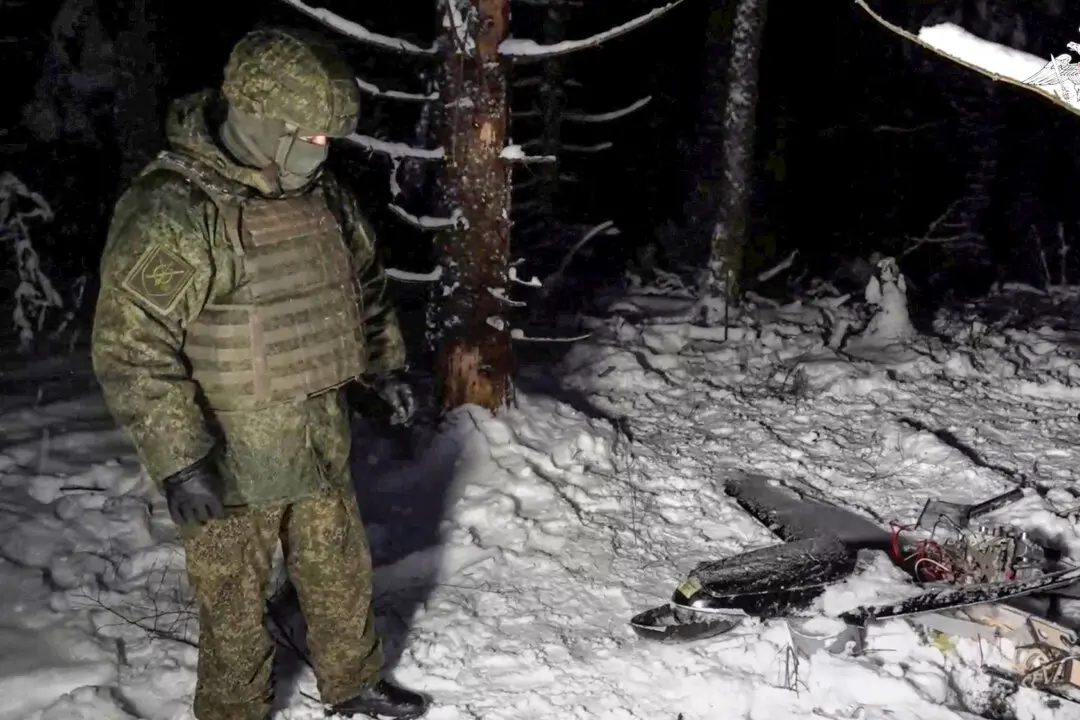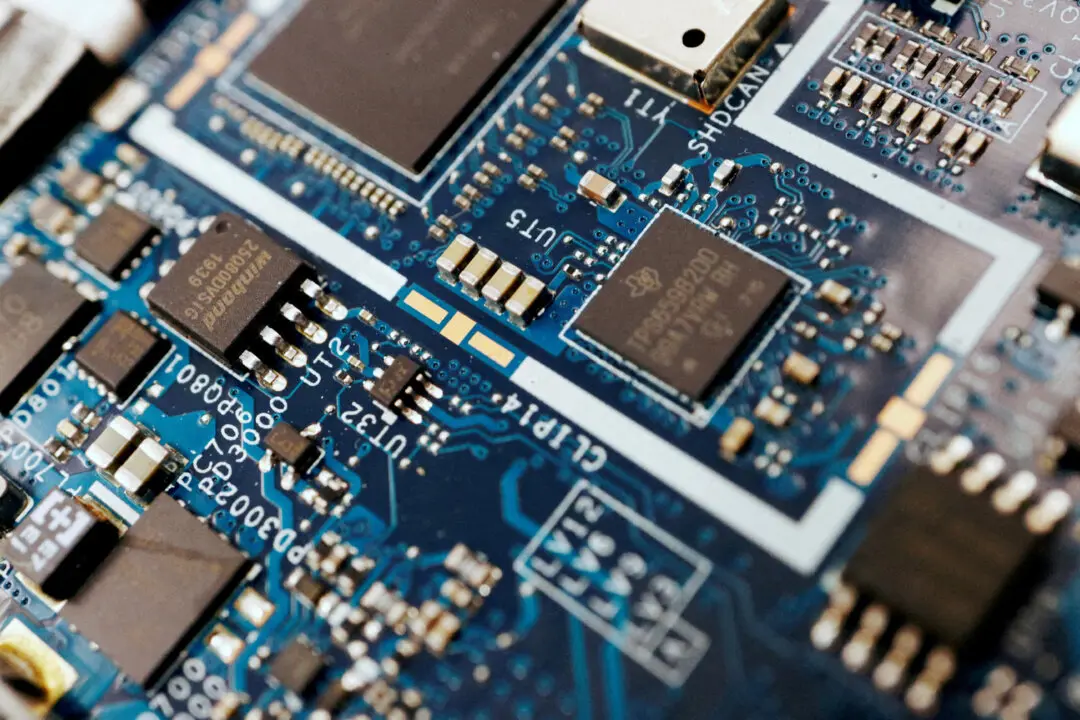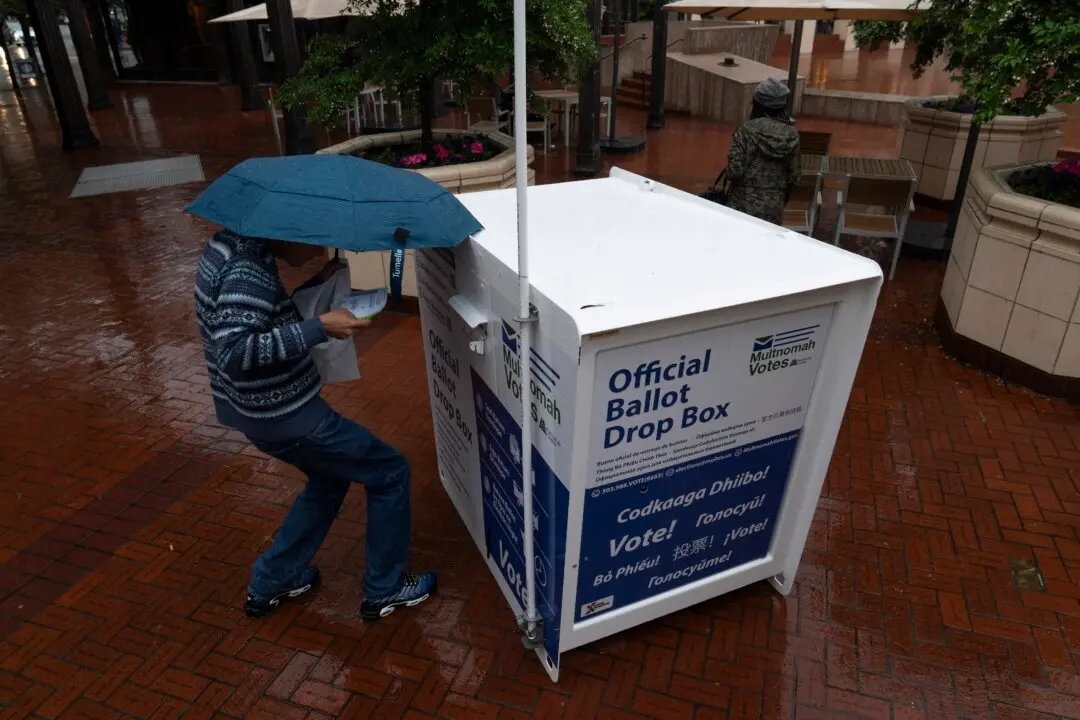Even though both President Joe Biden and House Speaker Kevin McCarthy (R-Calif.) have said in recent days they don’t believe the debt ceiling negotiations will end in a fiasco and trigger an economically damaging debt default, markets are jittery and voters nervous as they mull the implications of America failing to meet its debt obligations.
As the deadlock in Washington grinds on and the country slides closer to the so-called X-date, when the Treasury Department’s bag of accounting tricks (known as “extraordinary measures”) runs out and the government faces the prospect of a debt default, markets have shown a non-trivial risk of default.





